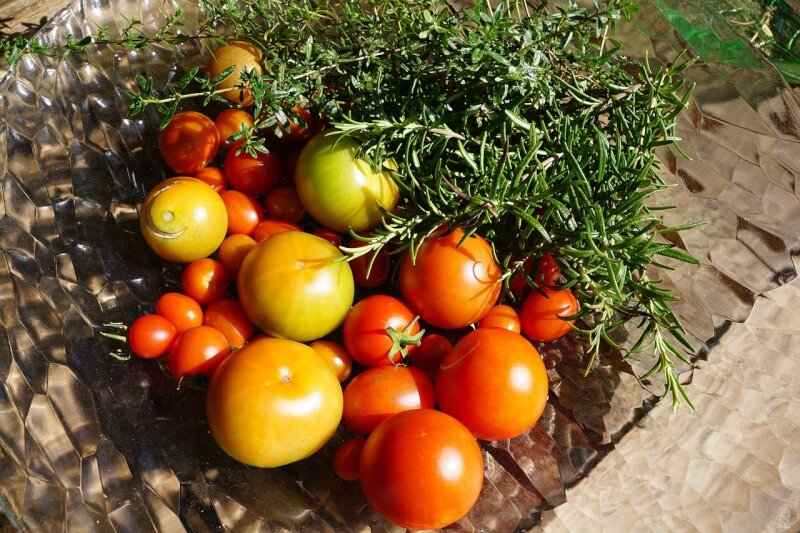If you’re a fan of fresh, flavorful salsas but don’t want to rely on store-bought options, we’ve got you covered. In this article, you’ll find a collection of healthy garden recipes that will help you prepare and preserve your very own homemade salsas. From classic tomato-based salsas to unique fruit-infused variations, these recipes will leave your taste buds tingling and your pantry well-stocked. Get ready for a culinary adventure that combines the freshness of your garden with the satisfaction of creating your own delicious and nutritious salsas.
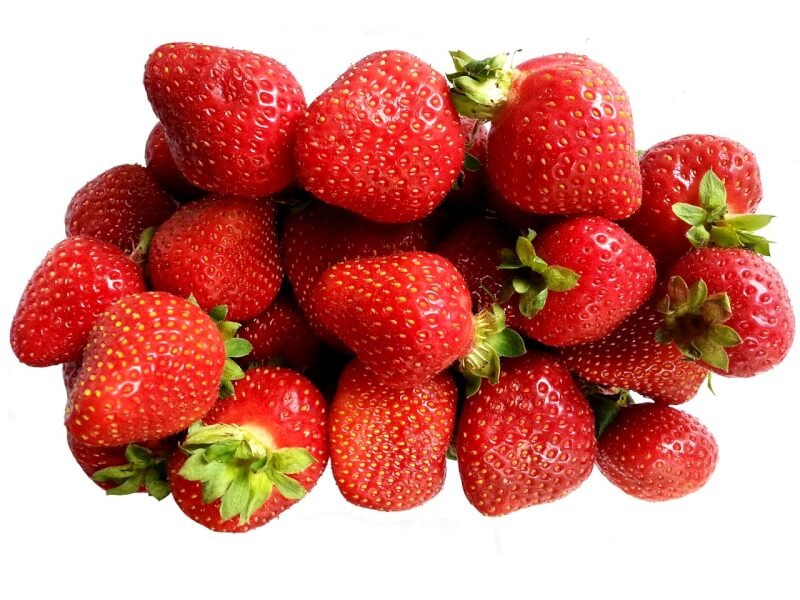
Choosing the Right Ingredients
Fresh Tomatoes
When it comes to making homemade salsas, fresh tomatoes are an absolute must-have ingredient. They provide the base and foundation for the salsa, giving it a rich and vibrant flavor. Look for ripe, juicy tomatoes that are firm and free from any signs of rot or mold. Consider using varieties such as Roma or beefsteak tomatoes for their robust flavor and meaty texture.
Onions and Garlic
Onions and garlic are essential for adding depth and a savory kick to your homemade salsas. Choose onions that are firm and have a strong aroma. White or red onions work well for salsas, but you can also experiment with different varieties for unique flavors. As for garlic, opt for fresh cloves and crush them just before using to maximize their flavor.
Peppers
Peppers are what give salsas their characteristic heat and spice. Whether you prefer a mild salsa or something with a fiery kick, there are a wide variety of peppers to choose from. Jalapenos, serranos, and habaneros are popular choices for salsas. Remember to handle these peppers with caution and wear gloves, as they can irritate your skin. Remove the seeds and membranes if you want a milder salsa, or leave them in for an extra kick.
Herbs and Spices
To enhance the flavor profile of your homemade salsas, herbs and spices are essential. Cilantro is a classic herb commonly used in Mexican salsas, adding a fresh and tangy element. Other herbs such as oregano, basil, and parsley can also be used to add depth and complexity. Spices like cumin, chili powder, and smoked paprika can elevate your salsa with their warm and earthy flavors.
Preparing Fresh Homemade Salsas
Basic Tomato Salsa
The basic tomato salsa is a classic recipe that everyone should have in their culinary repertoire. It’s simple, flavorful, and versatile. Start by chopping fresh tomatoes, onions, garlic, and peppers to your desired consistency. Combine them in a bowl and add lime juice, salt, and your choice of herbs and spices. Mix everything well and let the flavors meld together for at least 30 minutes before serving. This salsa is perfect for dipping tortilla chips or as a topping for tacos and grilled meats.
Chunky Pico de Gallo
Pico de gallo is a fresh and chunky salsa that is incredibly easy to make. Similar to the basic tomato salsa, it features diced tomatoes, onions, and peppers. To give it an extra burst of flavor, add fresh lime juice, cilantro, and a pinch of salt. The result is a refreshing and tangy salsa with a satisfying crunch. Pico de gallo is a fantastic addition to grilled fish, shrimp, or even as a topping for nachos.
Roasted Salsa Verde
Salsa verde is a tangy and slightly spicy salsa made with roasted tomatillos, onions, garlic, and peppers. To make this salsa, start by husking and rinsing the tomatillos, then roast them along with the other ingredients until they are soft and slightly charred. Once cooled, blend everything together until you reach your desired consistency, adding salt and herbs like cilantro or oregano to taste. Salsa verde is perfect for smothering over enchiladas, tacos, or as a dip for tortilla chips.
Fruit Salsa with a Kick
For a unique twist on traditional salsas, try making a fruit salsa with a kick. Combine diced fresh fruits such as mangoes, pineapples, or peaches with finely chopped onions, jalapenos, and cilantro. Squeeze in some lime juice and sprinkle a pinch of salt to balance the flavors. This fruity and spicy salsa pairs wonderfully with grilled chicken or fish, and it’s also a great topping for salads.
Spicy Habanero Salsa
If you’re a fan of spicy salsas, then this one is for you. Spicy habanero salsa packs a punch with its intense heat and distinctive flavor. Combine diced tomatoes, onions, garlic, and habanero peppers in a blender. Add vinegar, a pinch of salt, and a touch of sugar to balance out the spiciness. Blend until smooth, and be sure to wear gloves and handle the habaneros with caution. This salsa is not for the faint of heart, but it’s perfect for those who enjoy a fiery kick.
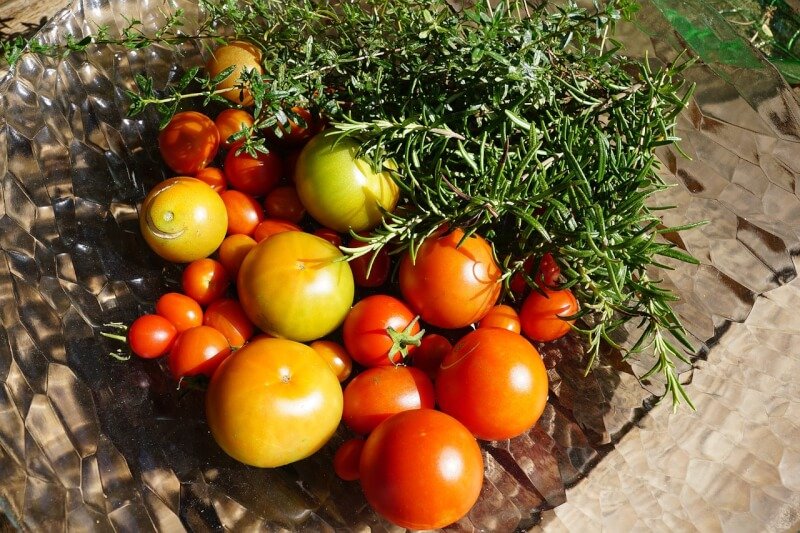
Preserving Homemade Salsas
Canning Salsas
Canning salsas is a great way to preserve your homemade creations and enjoy them throughout the year. Start by preparing your salsa according to your chosen recipe. Then, sterilize your canning jars and lids by boiling them in water for a few minutes. Fill the jars with the salsa, leaving about half an inch of headspace. Wipe the rims clean, seal the jars with the lids, and process them in a boiling water bath. Once cooled, store the jars in a cool, dark place. Properly canned salsas can last up to a year.
Freezing Salsas
Freezing salsas is another method for preserving your homemade creations. Start by preparing your salsa as usual. Let it cool completely before transferring it to freezer-safe containers or zip-top bags. Remove as much air as possible and seal the containers tightly. Label the containers with the date and store them in the freezer. Frozen salsas can typically last for up to six months. Just remember to thaw them in the refrigerator before using.
Dehydrating Salsas
Dehydrating salsas is a unique preservation method that concentrates the flavors and extends the shelf life. Start by preparing your salsa as usual and spreading it out onto dehydrator trays. Set the dehydrator to the appropriate temperature and let it run until the salsa is completely dried out. Once dry, remove the salsa and store it in airtight containers or in vacuum-sealed bags. Dehydrated salsas can be rehydrated by adding them to soups, stews, or even just soaking them in water.
Creative Ways to Enjoy Homemade Salsas
Salsa Tacos
Why settle for store-bought salsa when you can use your homemade creations to elevate your taco game? Fill your favorite tortillas with grilled chicken or beef, crisp lettuce, and a generous spoonful of your preferred homemade salsa. The combination of flavors and textures will make your taste buds dance with joy. Whether you’re a fan of mild or spicy salsas, the choice is yours. Customize your salsa tacos to suit your preferences and enjoy a burst of flavor in every bite.
Salsa Eggs Benedict
Give your classic Eggs Benedict a tasty twist by adding a dollop of homemade salsa on top. Toast English muffins, poach some eggs, and sear Canadian bacon. Assemble everything on a plate and generously spoon your homemade salsa over each egg, creating a colorful and flavorful masterpiece. The combination of the runny egg yolks, creamy hollandaise sauce, and zesty salsa creates a truly unforgettable breakfast experience.
Salsa Stuffed Bell Peppers
Take your stuffed bell peppers to the next level by incorporating homemade salsa into the filling. Prepare your bell peppers by cutting off the tops, removing the seeds, and blanching them to soften slightly. In a bowl, mix cooked rice, ground meat, onions, garlic, and your choice of herbs and spices, along with a generous amount of your favorite homemade salsa. Stuff the mixture into the bell peppers and bake them until they are tender and the filling is cooked through. The salsa not only adds flavor but also helps keep the filling moist and delicious.
Salsa Bruschetta
For a refreshing and vibrant twist on traditional bruschetta, swap out the tomato mixture for your homemade salsa. Toast slices of crusty bread, then top them with a generous amount of your salsa. The combination of the tangy salsa and the crisp bread creates a delightful contrast of flavors and textures. Salsa bruschetta is perfect as an appetizer at parties or as a light and flavorful snack any time of the day.
Salsa Guacamole
Combine two beloved dips into one irresistible creation by adding your homemade salsa to guacamole. Mash ripe avocados and mix them with lime juice, salt, and your preferred seasonings. Then, fold in a generous amount of homemade salsa for an extra burst of flavor and texture. The salsa adds a tangy and spicy element to the creamy guacamole, making it perfect for dipping tortilla chips or as a topping for tacos and nachos.
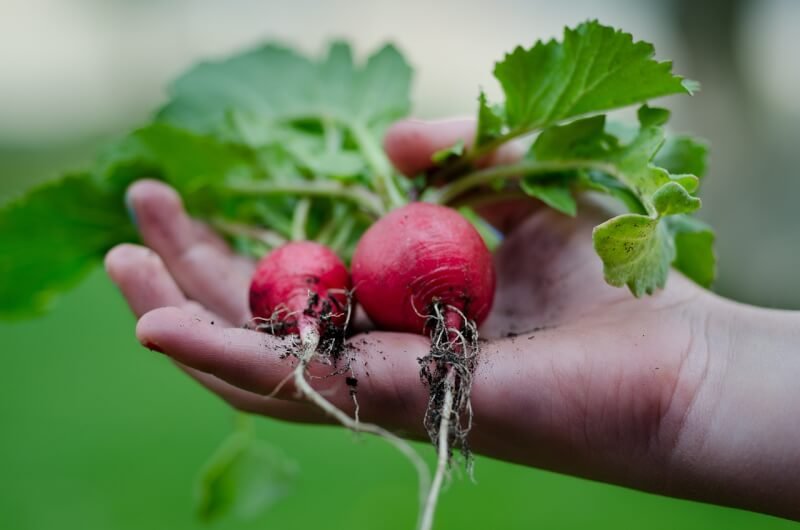
Salsas for Special Dietary Needs
Low Sodium Salsas
For those watching their sodium intake, low-sodium salsas are a great option. You can reduce the amount of salt in your homemade salsas or substitute it with low-sodium alternatives. Experiment with using herbs and spices to enhance the flavors without relying too heavily on salt. Fresh lime juice, cilantro, cumin, and garlic are all excellent flavor boosters. With a little creativity, you can enjoy delicious salsas that are lower in sodium but still bursting with flavor.
Gluten-Free Salsas
If you follow a gluten-free diet, making your own salsas at home ensures that they are free from any hidden sources of gluten. Check the ingredients of any store-bought salsas to ensure they are gluten-free, but by making them yourself, you have total control over what goes into your salsa. Stick to fresh, whole ingredients and avoid any spices or seasonings that may contain gluten. With a little extra care, you can enjoy your delicious homemade salsas worry-free.
Vegan Salsas
For those following a vegan lifestyle, homemade salsas can easily be tailored to your dietary needs. Stick to plant-based ingredients and avoid any animal-derived products, such as dairy or honey. Use avocado or vegetable oil instead of animal fats, and opt for vegetable broth or water as a base instead of meat-based stocks. With the wide variety of fruits, vegetables, herbs, and spices available, the possibilities for delicious vegan salsas are endless.
Sugar-Free Salsas
For those looking to reduce their sugar intake, making sugar-free salsas at home is a simple and delicious solution. Skip the added sugars and rely on the natural sweetness of the fresh ingredients for flavor. Tomatoes, onions, and peppers all have natural sugars that can be enhanced by incorporating tangy ingredients like lime juice or vinegar. The result is a flavorful and refreshing salsa without any unnecessary added sugars.
Salsas with a Twist
Mango and Black Bean Salsa
For a tropical twist on traditional salsas, try combining sweet mangoes with hearty black beans. Dice ripe mangoes and mix them with black beans, onions, jalapenos, cilantro, and lime juice. The combination of the sweet mangoes, earthy black beans, and tangy lime creates a salsa that is bursting with flavors and textures. This salsa is perfect for topping grilled chicken or fish, or simply enjoyed with some tortilla chips.
Avocado and Corn Salsa
Creamy avocados and sweet corn come together to create a salsa that is creamy, sweet, and refreshing. Dice ripe avocados into small cubes and combine them with corn kernels, onions, cilantro, lime juice, and a touch of salt. This salsa can be enjoyed as a dip with tortilla chips, or used as a topping for tacos, grilled meats, or salads. The combination of the creamy avocado and the sweet corn provides a delightful contrast that will leave you craving for more.
Pineapple and Cucumber Salsa
For a salsa that is light, refreshing, and slightly tangy, try combining pineapple and cucumber. Dice fresh pineapple and cucumber, then mix them with red onions, jalapenos, cilantro, and lime juice. The sweetness of the pineapple and the crispness of the cucumber create a unique flavor profile that is perfect for summer gatherings or as a topping for grilled seafood. This salsa is a tropical delight that will transport you to sunny beaches with every bite.
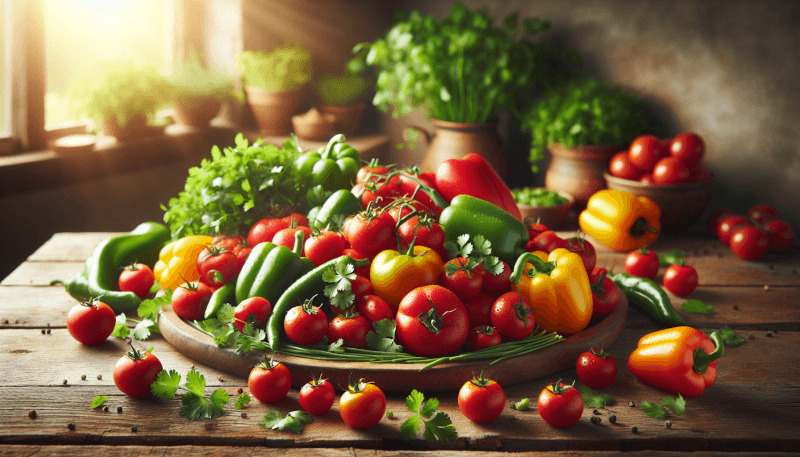
Homemade Salsas for Every Occasion
Salsas for Game Day
When gathering with friends and family to watch the big game, having a variety of homemade salsas is a surefire way to impress your guests. Offer a selection of mild, medium, and spicy salsas to cater to everyone’s taste preferences. Classic tomato salsa, creamy avocado salsa, and a spicy habanero salsa are all crowd-pleasers. Serve them with tortilla chips, alongside grilled meats, or as a topping for loaded nachos. Your game day spread will be a hit with these delicious salsas.
Salsas for Summer BBQs
No summer BBQ is complete without a variety of homemade salsas. Fresh and vibrant salsas made with seasonal ingredients are the perfect accompaniment to grilled meats and vegetables. Offer a selection of fruit salsas, like mango or pineapple, along with tangy salsa verde or fire-roasted tomato salsa. These salsas can be used as marinades for meats, as toppings for burgers and hot dogs, or as a flavorful addition to grilled fish or veggies.
Salsas for Taco Tuesdays
If you’re a fan of Taco Tuesdays, then having homemade salsas on hand is a must. Traditional tomato salsa and chunky pico de gallo are versatile options that pair well with any taco filling. For an extra kick, prepare a spicy habanero salsa or a smoky chipotle salsa. Offer a variety of toppings, including shredded cheese, sour cream, and chopped cilantro, along with your homemade salsas to create a taco bar that will impress even the most discerning taco connoisseurs.
Salsas for Family Gatherings
When it comes to family gatherings, having a selection of homemade salsas can turn a simple meal into a memorable feast. Classic tomato salsa and roasted salsa verde are always crowd favorites. Consider offering a fruit salsa, like mango or peach, as a refreshing and flavorful option. You can also create a salsa bar with various toppings and let your family members customize their salsa experience. Whether it’s a backyard BBQ or a holiday celebration, homemade salsas are a delicious addition to any family gathering.
Tips for Growing Your Own Salsa Garden
Choosing the Right Varieties
When planning your salsa garden, it’s essential to choose the right varieties of tomatoes, peppers, onions, and herbs. Opt for tomato varieties that are meaty and have a strong flavor, such as Roma or beefsteak tomatoes. For peppers, consider growing jalapenos, serranos, or habaneros, depending on your spice preference. Onions can be either white or red, and herbs like cilantro and oregano are must-haves. Research the specific varieties that grow well in your climate and choose ones that suit your taste preferences.
Planting and Caring for Your Garden
To ensure a successful salsa garden, proper planting and care are crucial. Start by preparing the soil by removing any weeds and loosening it with a garden fork or tiller. Plant your seedlings or transplants according to the individual plant’s requirements for spacing and depth. Water your plants regularly, ensuring that the soil is consistently moist but not waterlogged. Apply organic fertilizers to promote healthy growth and protect your plants from pests and diseases by using natural deterrents or organic pesticides if needed.
Harvesting and Storing Fresh Produce
Harvesting your homegrown produce at the right time is essential to ensure optimal flavor and freshness. Tomatoes are ready for picking when they are fully ripe and have reached their desired color. Peppers can be harvested when they have reached the desired size and color, typically when they are firm and crisp. Onions can be harvested when the tops have turned yellow and start to dry out. Harvesting herbs, like cilantro or oregano, can be done by snipping off the leaves as needed.
Once harvested, store your fresh produce appropriately to maintain its quality. Tomatoes should be stored at room temperature, away from direct sunlight, to allow them to fully ripen. Peppers and onions can be stored in a cool and dry place, such as a pantry or cellar. Herbs can be stored by drying or freezing them for later use. Drying herbs involves hanging them upside down in a well-ventilated area until fully dried. Freezing herbs can be done by chopping them finely and placing them in ice cube trays with a small amount of water or oil.
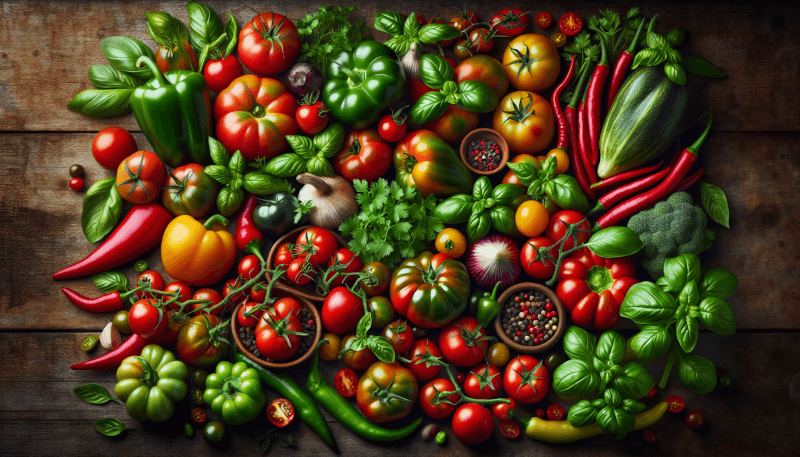
Health Benefits of Homemade Salsas
Rich in Vitamins and Minerals
Homemade salsas made with fresh ingredients are packed with essential vitamins and minerals. Tomatoes, onions, and peppers are all excellent sources of vitamins A and C, as well as potassium. These nutrients play a crucial role in maintaining a healthy immune system and supporting overall wellbeing.
Boosts Immunity
The fresh herbs and spices often used in homemade salsas, such as cilantro, garlic, and oregano, have immune-boosting properties. Garlic, in particular, has been used for centuries for its antimicrobial and antiviral properties. Adding these ingredients to your salsa can help support your immune system and keep you healthy.
Aids in Weight Loss
Homemade salsas are a low-calorie and flavorful alternative to high-fat and high-calorie condiments. They are packed with fresh ingredients that are nutrient-dense and can help you feel satisfied without adding excess calories. By incorporating homemade salsas into your meals, you can add flavor and texture while keeping your calorie intake in check.
Improves Digestion
Many of the ingredients commonly used in homemade salsas, such as tomatoes, onions, and fresh herbs, are rich in dietary fiber. Fiber is essential for maintaining a healthy digestive system and promoting regular bowel movements. By including homemade salsas in your diet, you can help improve digestion and support overall gut health.
Conclusion
Homemade salsas are a flavorful and versatile addition to any kitchen. By using fresh ingredients and tailoring your recipes to your preferences and dietary needs, you can create delicious salsas that are both healthy and satisfying. From classic tomato salsas to exotic fruit salsas, there are endless possibilities to explore. Whether you’re sharing them with friends and family at gatherings or enjoying them as a tasty condiment, homemade salsas are sure to add a pop of flavor to any meal. So, get creative, unleash your inner chef, and start making your very own homemade salsas today!

